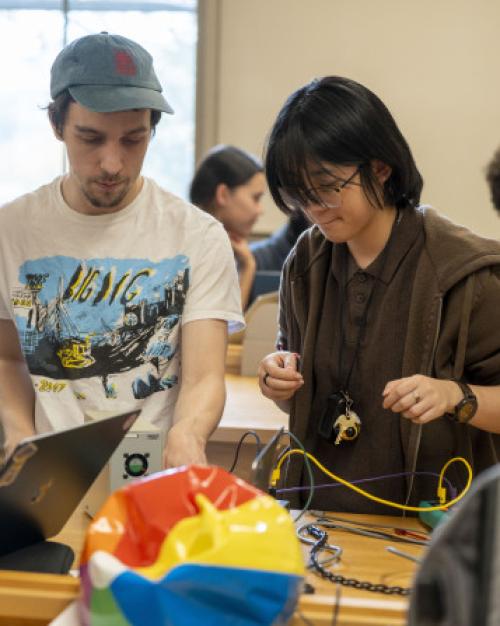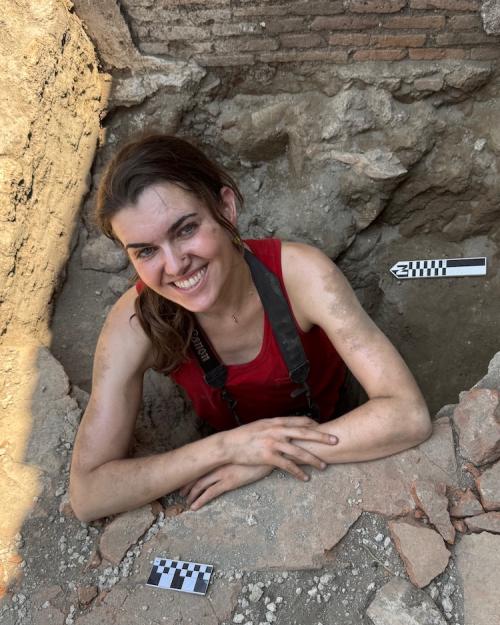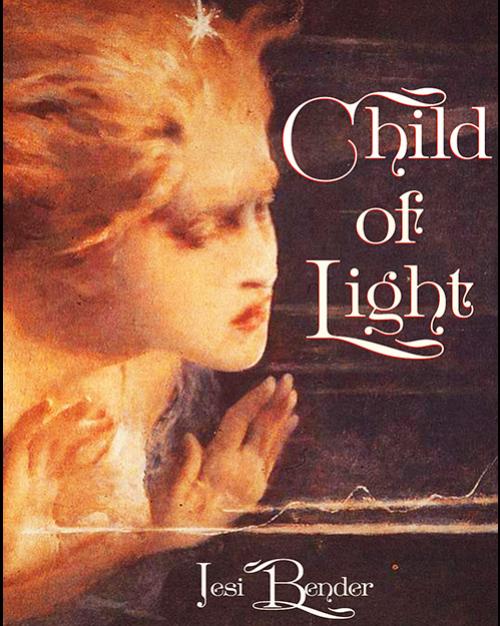As an artist, one thing I’ve learned over the years is that people, in general, hate the word “experimental.” They think it’s pretentious, lazy, or just weird for the sake of being weird. Most tell me that it doesn’t mean anything. The common rejoinder: “Isn’t all art experimental?”
Well, no, I don’t think so. All art isn’t experimental, especially in the world of writing.

Any person who has taken a creative writing class will tell you that students are given a formula—it can look like a triangle or like Mad Libs, but it gives you what your story needs to be “good” (which really means “marketable”).
Follow this trajectory; add in these elements. Writers are told that readers expect these things, and you must fulfill those expectations if you want engagement.
As an English major, I was inspired by Cornell authors like Thomas Pynchon ’59, Toni Morrison, MA ’55, Kurt Vonnegut ’44, and professors Molly Hite and Vladimir Nabokov—all of whom challenged the literary status quo.
I had the good fortune to take several creative writing courses as an undergraduate, including an advanced course with Helena María Viramontes. My Cornell experience was informed by teaching that encouraged generative and exploratory writing, rather than the strict adherence to a set of rules.
Read the full story on the Cornellians website.




